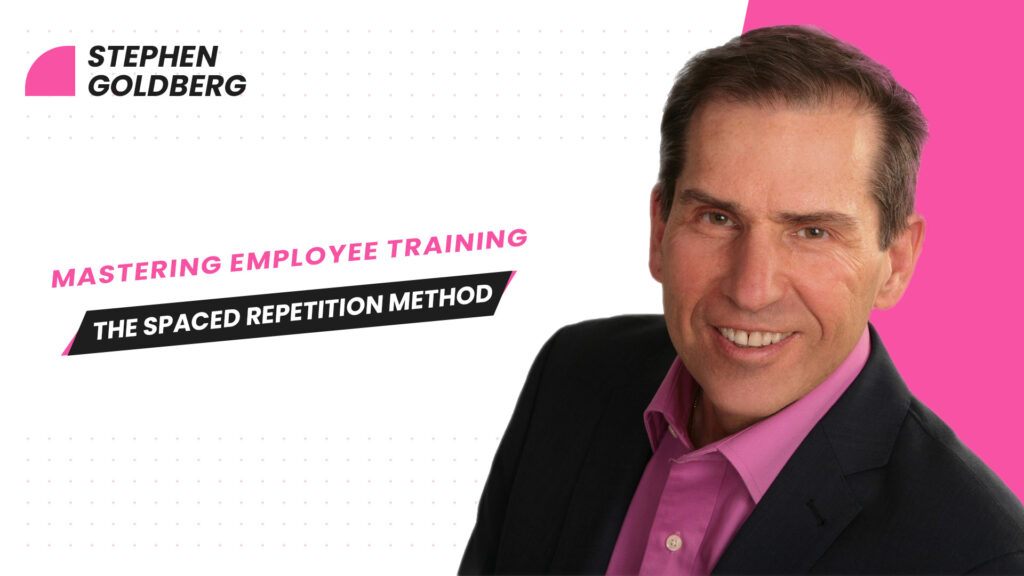
Spaced repetition is a well-established technique, often associated with advertising. You’ve likely experienced it while watching TV or scrolling through your social media feeds – the same messages or ads bombard you repeatedly. This is intentional conditioning aimed at making you remember a product or brand. But what if you could use this same principle to enhance your employee training?
Understanding Spaced Repetition
Spaced repetition involves repeated exposure and practice with training materials, whether they’re manuals, videos, or other resources. It’s not a one-and-done approach; instead, it’s a gradual, systematic process of revisiting the same content multiple times. This repetition not only improves understanding but also breaks down mental resistance to learning new ideas.
Learning at Your Own Pace
One of the key advantages of spaced repetition is that it accommodates different learning styles and paces. Employees vary in their ability to consume and retain information. Some are quick learners, others need a moderate amount of repetition, and some require more practice. Spaced repetition allows each individual to set their own learning pace, putting them in control of the learning process.
Flexibility and Accessibility
Another benefit is the flexibility it offers. Employees can access training materials at their convenience, allowing them to choose the best time for their learning sessions. This flexibility ensures that learning doesn’t feel like a chore but a choice.
Spaced-Out Training
To optimize the benefits of spaced repetition, consider spacing out your training sessions. Instead of cramming all the material into a few days, divide it into smaller, manageable portions spread over several weeks. This approach provides employees with the opportunity to apply their knowledge between sessions and revisit materials at their own pace.
Incorporating Spaced Repetition in Your Training Programs
The key takeaway from this discussion is to consider integrating spaced repetition into your training programs. Whether it’s leadership development, team training, or skill-building, this method can revolutionize your training efforts. Make learning accessible, flexible, and enjoyable for your employees.
Don’t just read about these ideas – act on them. Start incorporating spaced repetition into your training programs, and watch your employees become more engaged, effective learners. After all, it’s not just about learning; it’s about applying what you’ve learned to achieve real-world success. Your employees and your organization will thank you for it.
Remember to subscribe to our channel for more valuable insights and practical tips.
We look forward to hearing your thoughts and contributions in the comments section. Stay tuned for more enriching content, and let’s keep the conversation going!


